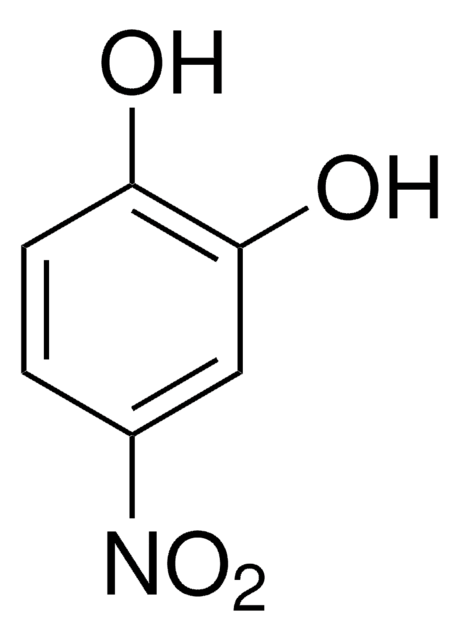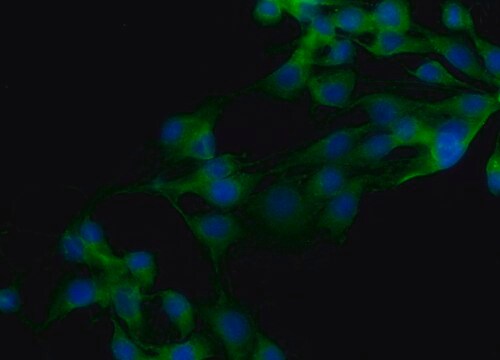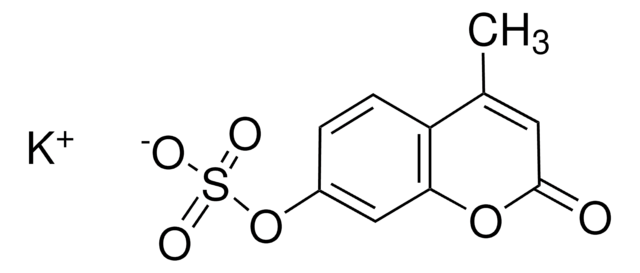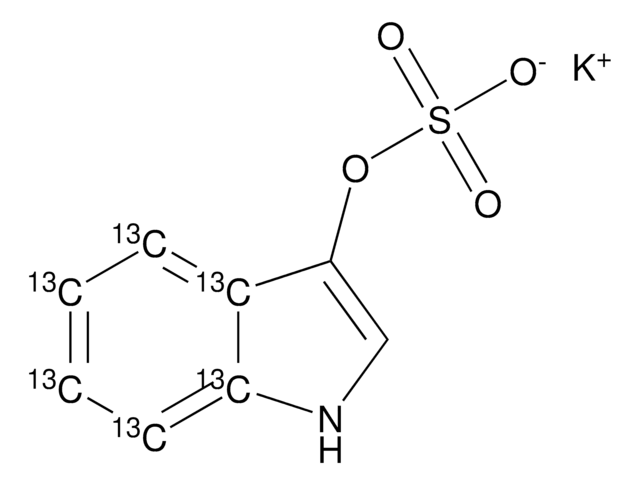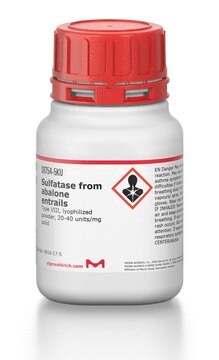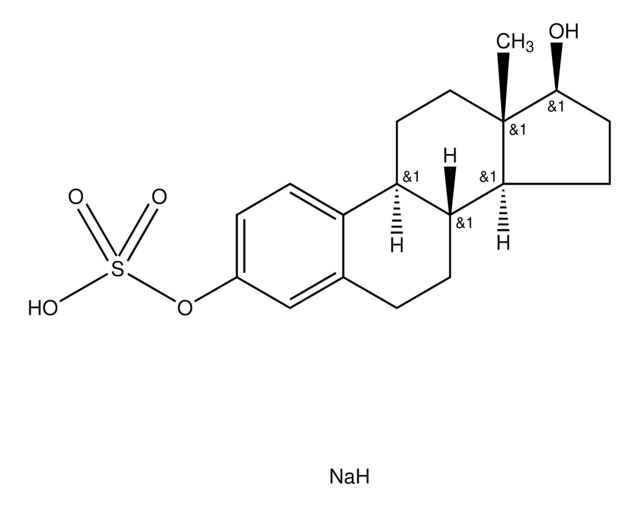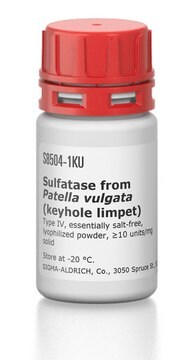N7251
4-Nitrocatechol sulfate dipotassium salt
crystalline
Synonym(s):
2-Hydroxy-5-nitrophenyl sulfate, 2-Hydroxy-5-nitrophenyl sulfate dipotassium salt monohydrate, p-Nitrocatechol sulfate dipotassium salt
About This Item
Recommended Products
form
crystalline
color
yellow
storage temp.
−20°C
SMILES string
[K+].[K+].[O-]c1ccc(cc1OS([O-])(=O)=O)[N+]([O-])=O
InChI
1S/C6H5NO7S.2K/c8-5-2-1-4(7(9)10)3-6(5)14-15(11,12)13;;/h1-3,8H,(H,11,12,13);;/q;2*+1/p-2
InChI key
CKWWBDCAYRJAJB-UHFFFAOYSA-L
General description
Application
Substrates
signalword
Warning
hcodes
Hazard Classifications
Eye Irrit. 2 - Skin Irrit. 2 - STOT SE 3
target_organs
Respiratory system
Storage Class
11 - Combustible Solids
wgk_germany
WGK 3
flash_point_f
Not applicable
flash_point_c
Not applicable
ppe
dust mask type N95 (US), Eyeshields, Gloves
Choose from one of the most recent versions:
Already Own This Product?
Find documentation for the products that you have recently purchased in the Document Library.
Customers Also Viewed
Articles
Drug conjugate analysis and the enzymatic hydrolysis of glucuronides
Our team of scientists has experience in all areas of research including Life Science, Material Science, Chemical Synthesis, Chromatography, Analytical and many others.
Contact Technical Service